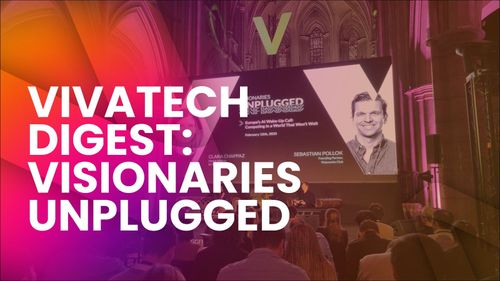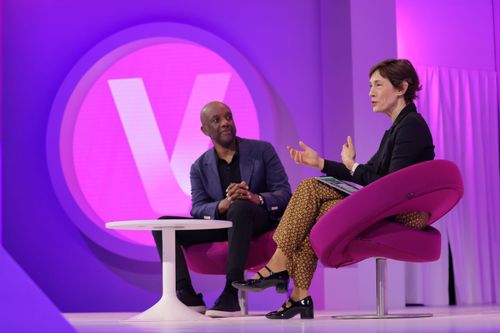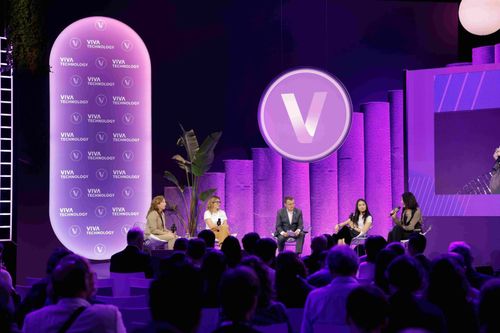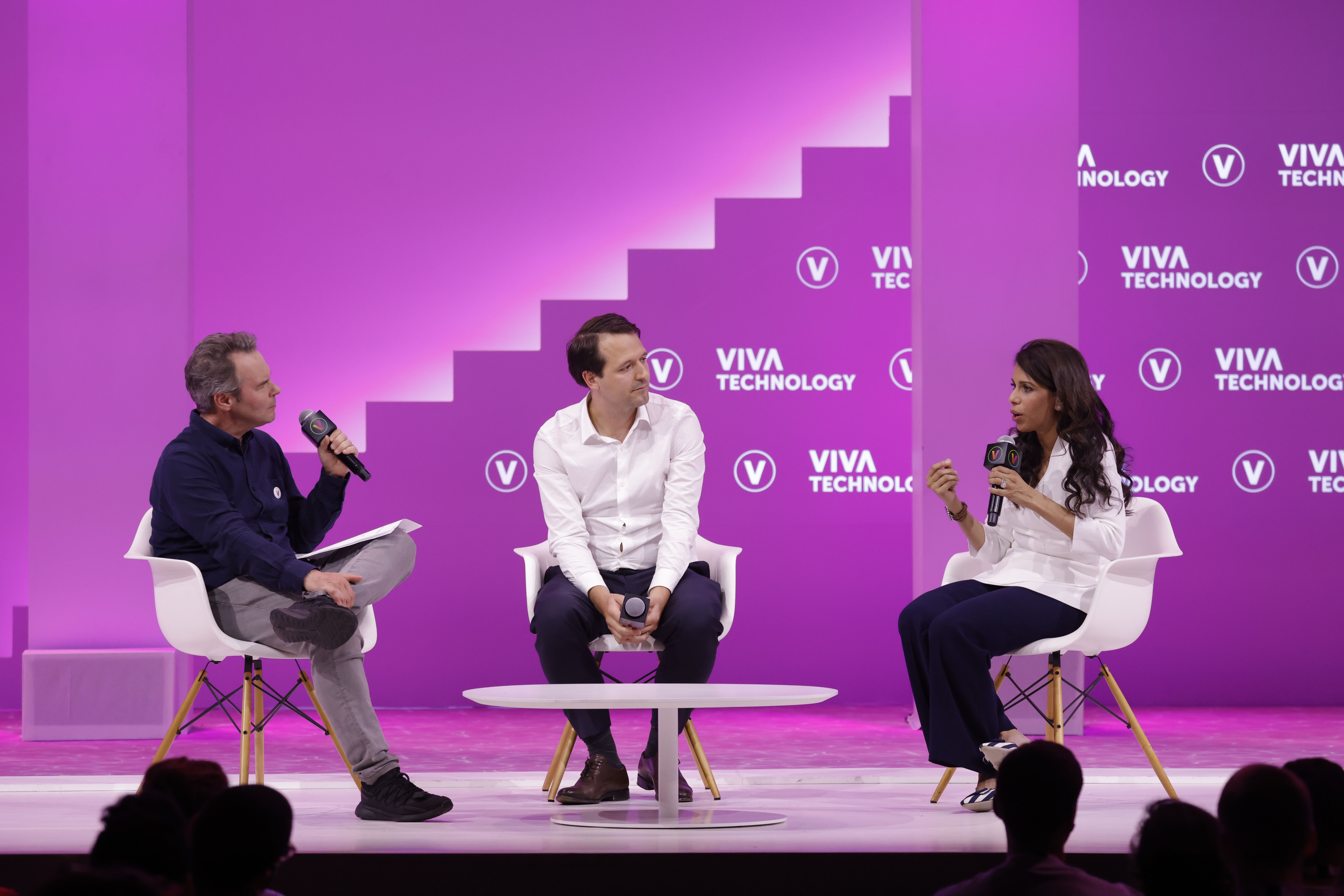
Photo credit: VivaTech
The past two years have pushed our healthcare systems to the limits. While this has brought about many innovations and discoveries, it has also brought to light issues of regulation and privacy. So, where do we go from here What does the future of healthcare look like We discussed this topic with Sumbul Desai, VP of Health at Apple, and Stanislas Niox Chateau, co-founder and CEO of Doctolib, on the VivaTech stage a few weeks ago during our sixth edition.
Sumbul is herself a physician and started at Apple in 2017. As Vice President of Health she oversees their health initiatives including clinical product development, medical research, and innovative clinical partnerships. She also leads the regulatory and quality teams at Apple.
Stanislas co-founded Doctolib in 2013 with a simple but ambitious vision: to improve the daily lives of healthcare workers and make access to care fast and equal for all. Doctolib is the leader in e-health in Europe, thanks to its several thousand Doctolibers with humanistic values and a commitment to improving the health sector.
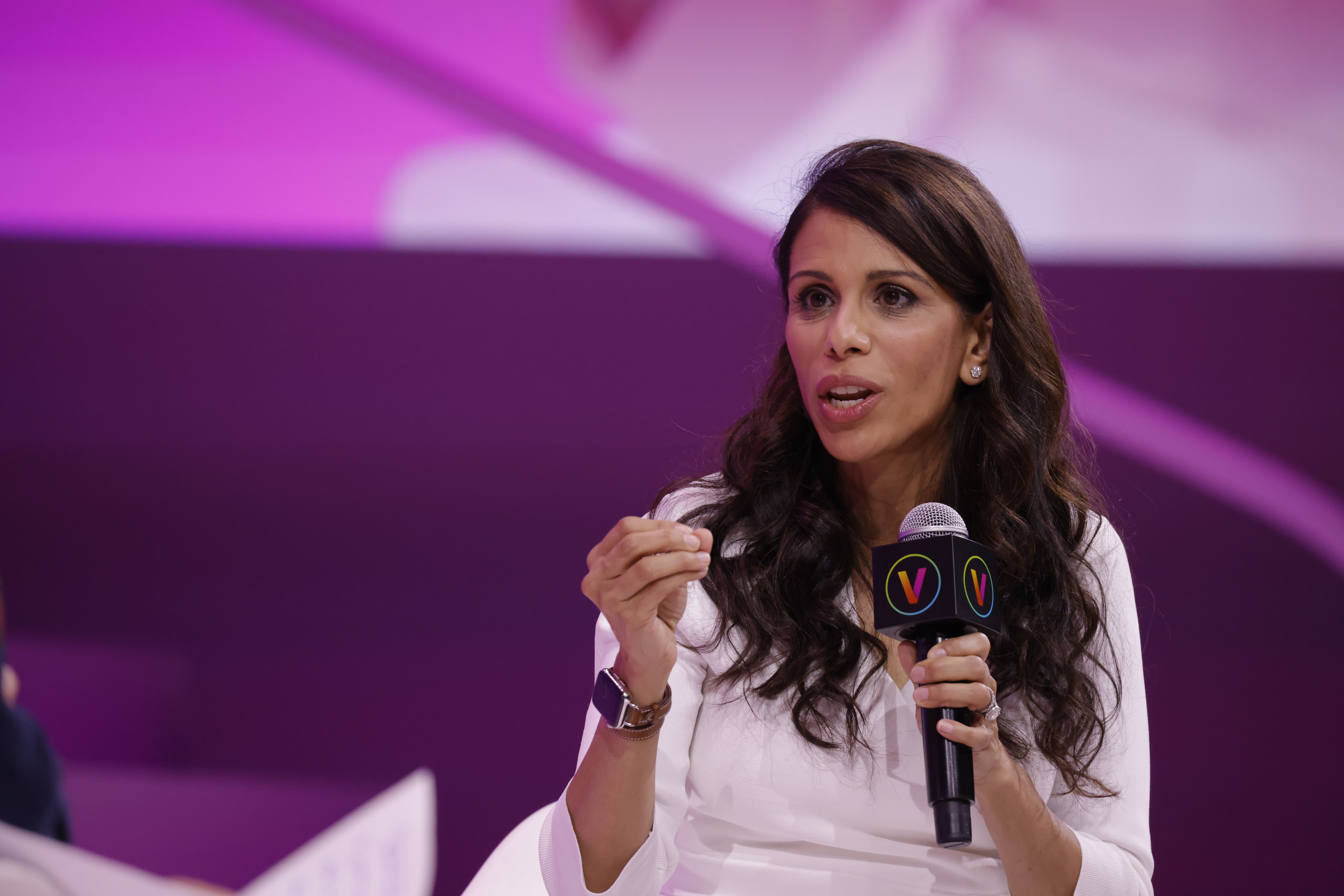
Sumbul Desai. Photo credit: VivaTech
The relationship between technology and the health sphere
When we think of healthcare, technology might not be the first connecting word we associate with the sector. But technology really is an opportunity for the health ecosystem to scale the fastest.
For the Sumbul, “Technology can scale healthcare in a meaningful way. It should be an enabler, whether that means achieving better personal health or creating more access to healthcare. We should not be using technology just for technology’s sake.”
Too much technology and too much data can be overwhelming for patients and caretakers alike. So using innovations to create meaningful solutions that break down why certain metrics are important can make a difference. Apple’s watch, for example, can now detect irregularities in people’s heartbeat; a practical application that can offer data insights to users over the long term.
“Technology should empower people to take care of their health,” the VP of Health stated. “It should focus on relationships between the patient and the physician.” There should be this notion of how we can improve the dialogue between the two.
For Stanislas, “Healthcare is an impossible equation to solve.” On one side of the equation, healthcare needs are growing super fast, due to demographic pressure, aging people, and an increase in chromatic disease and mental health issues. And on the other end, there is a lack of healthcare resources. Healthcare providers feel isolated, they have outdated equipment, and use old software. Stanislas believes that technology can solve part of this equation. It can bridge the gap between a lack of resources and the evolving needs for healthcare.
“Technology can help create a frictionless healthcare process, which is all patients want when they go see a doctor,” he shared. It can give healthcare providers software services to transform how they work, like allowing them to gain time in administrative processes, or automate scheduling. And for patients, technology can give them easier access to their health records, or get them in contact quickly with a physician right when they need.
The impact of Big Data on the healthcare industry
Healthcare in itself is built on data. It is based in science and on comparing data. Scientists, doctors, nurses, cardiologists, neurologists all use data to make decisions. Without data, it would be impossible to innovate in the industry.
However, at what point does using data have an impact on the consumer How private is our data when it is tracked all the time At what point does privacy end and the greater good of being more efficient in discovering new drugs or cures override privacy
For both of our speakers, personal data was one of their main concerns. Afterall, personal health comes down to your own data. Numbers and metrics play a large role in how we know if we are well, or not. So for Apple and Doctolib, they hand over the control to users and allow them to decide with whom they share their information. “No one should have access to it besides you and your practitioner,” said Stanislas
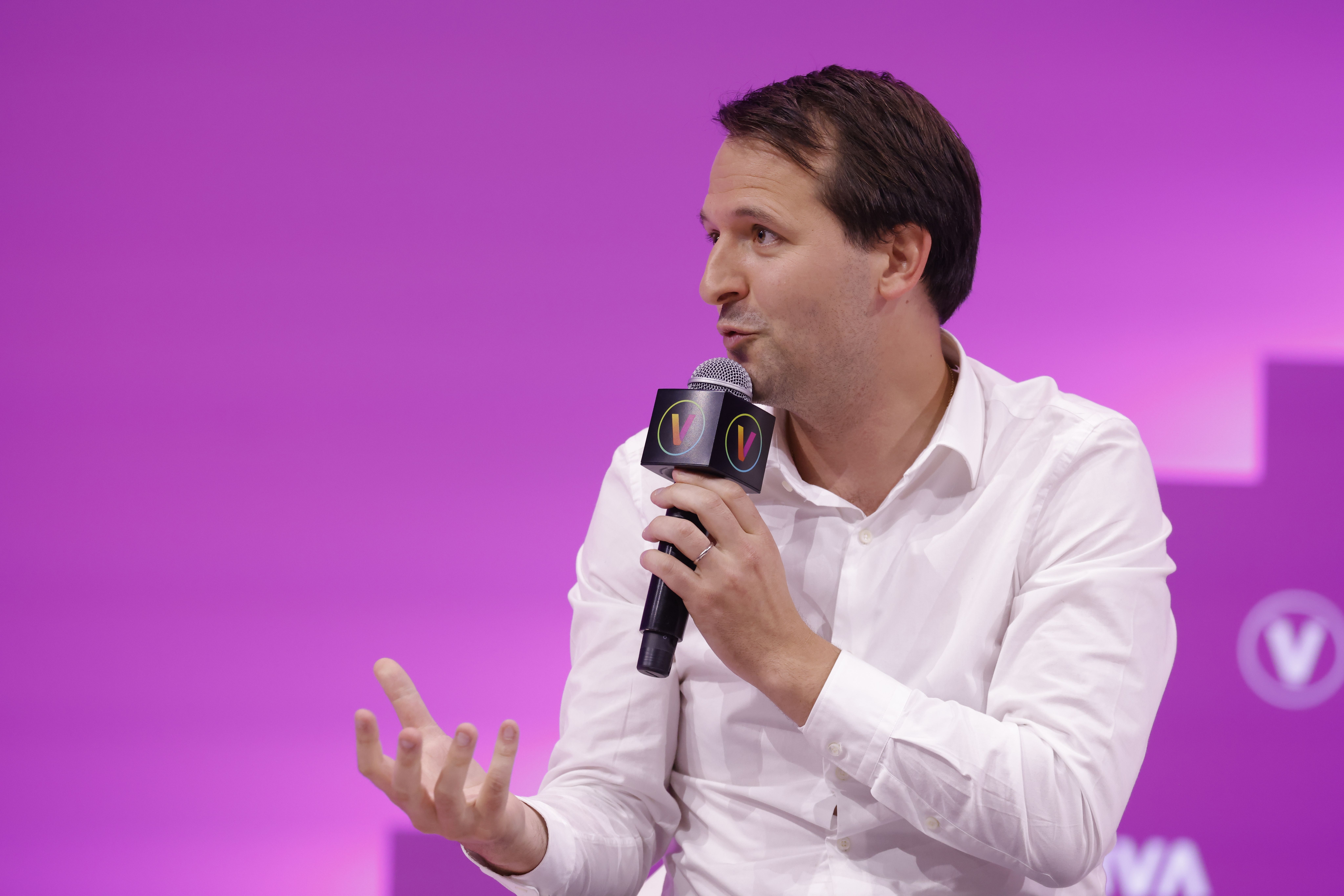
Stanislas Niox Chateau. Photo credit: VivaTech
The next big emerging technologies in healthcare
For Sumbul, the next revolution in the healthcare industry isn’t necessarily about the next gadgets or the next top features on a device. The next revolution should be about preventative care and being proactive about health.
“At Apple we ask ourselves, how can we get people to think about their health in small ways every day If we do that, we will have less people in the cardiologists office later on,” she explained.
Healthcare is a basic human right, which means making it accessible for everyone and ensuring the health technologies are not just used by 1-2% of the population. Stanislas noted, “We need to build technology that everyone can use, no matter your age or your location.”
“At the end of the day we need to build useful services,” he continued. “What we care about is: Do we build services that create value for patients and care teams. And do people use it$7 We don’t build technology just because. We innovate to improve people’s daily lives.”
So, what does the future look like$8
At the end of the day, there are a lot of improvements that can be made in the health sector. Yet the direction it will go will be different for every country. There are so many differences on what care looks like depending on culture, heritage, and access.
“We are in the early days of healthcare innovation,” said Stanislas. “I hope there are plenty of entrepreneurs that want to create and innovate in healthcare with us. This sector is amazing. Let’s continue building great things.”
If you want to watch the full session, you can watch the replay on our Digital Platform here!
